MITRE ATTACK Introduction
In the digital age, where cyber threats loom larger than ever, understanding and mitigating potential attacks is critical for maintaining robust security. The MITRE ATTACK framework stands as a pivotal resource in this endeavour, providing detailed insights into the tactics and techniques employed by cyber adversaries. This comprehensive guide will explore the framework in depth, supplemented with practical examples and explanations, helping users from various backgrounds apply it to enhance everyday security operations.
What is the MITRE ATTACK Framework?
MITRE ATTACK (Adversarial Tactics, Techniques, and Common Knowledge) is a knowledge base that catalogues a wide array of cyber adversary behaviour, from the initial reconnaissance to the actions on objectives. Developed by the nonprofit MITRE corporation, this framework is designed to provide a common taxonomy of cyber adversary tactics and techniques that are seen in real-world attack scenarios.
Detailed Use Cases of the MITRE ATTACK Framework
1. Enhancing Threat Intelligence
Threat intelligence is crucial for pre-emptively identifying and mitigating potential security threats. For example, consider a scenario where an IT security team at a retail company observes an uptick in phishing emails. By using the ATTACK framework, the team identifies these attempts as part of the ‘Initial Access’ tactic, specifically ‘Spearphishing Attachment’ (Technique T1566.001). With this specific knowledge, the team enhances their email security systems to better filter out similar threats and conducts targeted awareness training to educate employees about recognizing and reporting phishing attempts.
2. Improving Security Monitoring and Alerts
Effective security monitoring hinges on the ability to detect and respond to potential threats swiftly. A financial institution might utilize the ATTACK framework to fine-tune their security monitoring tools to detect the ‘Discovery’ tactic, where attackers map out the network for valuable data and vulnerabilities. Techniques like ‘System Network Configuration Discovery’ (T1016), which might involve commands to retrieve network configurations, are flagged. Adjusting the monitoring system to recognize these commands helps the security team detect and block exploratory attempts by attackers early in the attack chain.
3. Training and Awareness
Regular training and awareness programs are fundamental to maintaining a security-conscious organizational culture. For instance, a university might integrate the ATTACK framework into its cybersecurity curriculum, focusing on tactics such as ‘Execution’ and associated techniques like ‘Command and Scripting Interpreter’ (T1059), which involves executing commands via scripts. This educational approach equips students with knowledge about how attackers execute malicious scripts, fostering a deeper understanding of how to prevent such actions in their future workplaces.
4. Benchmarking and Assessing Security Posture
Regular assessments of security measures are essential for identifying vulnerabilities. An e-commerce company, for example, might use the ATTACK framework during their annual security audits to check their defences against the ‘Privilege Escalation’ tactic. They may discover insufficient protections against the ‘Exploitation for Privilege Escalation’ technique (T1068), prompting them to prioritize patch management and system hardening efforts to mitigate this risk.
5. Incident Response Planning
A well-prepared incident response plan is vital for effective management of security breaches. In the case of a suspected data breach at a healthcare provider, the incident response team uses the ATTACK framework to quickly identify that the breach tactics align with ‘Impact’, specifically ‘Data Encrypted for Impact’ (T1486) indicative of ransomware. This rapid identification allows for quicker isolation of affected systems and more efficient recovery processes, minimizing damage and downtime.
Conclusion
The MITRE ATTACK framework is a versatile and comprehensive tool that serves as both a lens to view cyber threats and a blueprint for developing effective security strategies. Its structured approach to classifying adversary behaviour makes it invaluable for enhancing threat intelligence, refining security monitoring, and bolstering incident response efforts.
Further Reading and Resources














